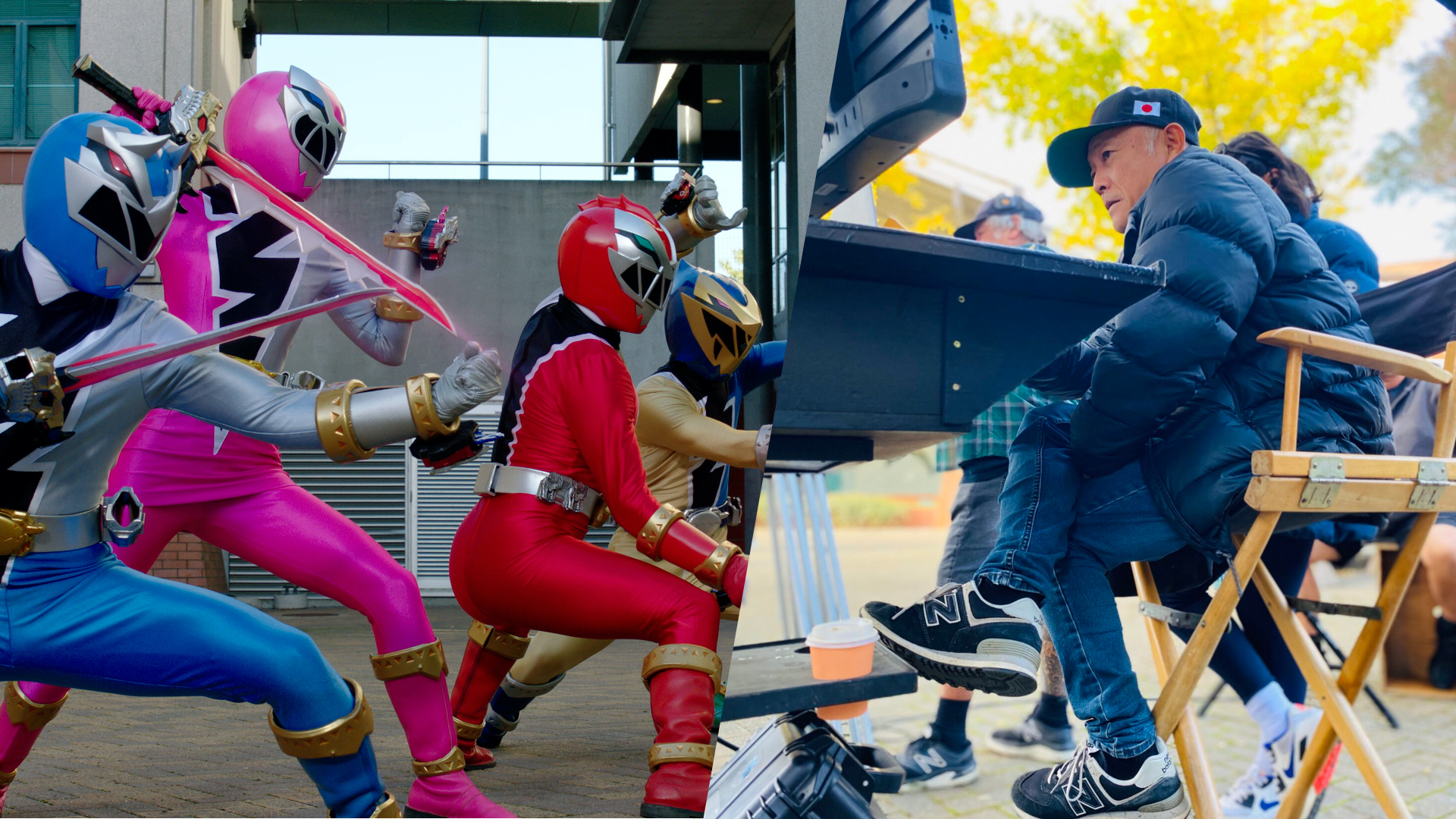

Everyone was in love with the Power Rangers series at some point in their life; most of us still are, mainly because of those amazing stunts actors in the show perform from episode to episode. These stunts, no matter how unbelievably complex they look, were meticulously planned by seasoned professionals like Akihiro Yuji Noguchi, stunt choreographer and long-time Power Rangers 2nd Unit Director.
Mr Noguchi's career as a stunt performer and then stunt choreographer is closely connected to the evolution of Hasbro's Power Rangers series. He has trained Power Rangers actors for over two decades and brought the fight scenes in the latest Power Rangers Dino Fury season – available on Netflix now – to life.
Being the action mastermind behind some of these creative sequences, Mr Noguchi choreographed fights for multiple episodes since 2000’s Power Rangers Lightspeed Rescue, ran training boot camps for different Power Rangers casts and trained the Japanese stunt teams for years.
We sat down with him to discuss his career, how he trains his actors and how he used to work out when he was going stunts actively. What stunts is he the proudest of? Has he got any helpful tips for people aspiring to be stunt performers? Read the answers to this and more below by Mr Noguchi himself.
If you are interested in stunt performers, make sure you read my interview with Bobby Holland Hanton, stunt double and long-time friend of Chris Hemsworth.
T3: If Power Rangers were real, what exercises should they do to keep fit and ready for action?
Akihiro Yuji Noguchi: An interesting question! It would be necessary to have training that combines rescue teams and police special forces so that they can be dispatched at any time. Rescue squads are training to safely rescue victims of disasters and accidents, and police special forces are training to control bad guys who threaten the general public. Training is conducted assuming various situations. Power Rangers must be the strongest team globally, so they should be training beyond these expectations.
Additionally, isn't the training to operate the Megazord freely unique to Power Rangers? How much exercise is needed, such as making full use of that giant robot and sometimes fighting giant monsters in martial arts? I don't think it's at the level of training to operate tanks and cranes at construction sites. All of this said, I feel that the percentage of training that uses the brain is higher than that of physical training.
Sign up to the T3 newsletter for smarter living straight to your inbox
Get all the latest news, reviews, deals and buying guides on gorgeous tech, home and active products from the T3 experts
T3: Is there a stunt sequence you're most proud of from any of the Power Ranger projects you were involved in?
AYN: My favourite stunt I’ve done is the Red Ranger's first post-morphing battle in episode two of Power Rangers S.P.D. We incorporated various elements into one shot in a relatively large setup, including advanced wire stunts and many explosions. The wire stunts, with the explosions in the background, elevate an energetic battle scene suitable for the first battle of the Red Ranger.
Power Rangers S.P.D. was the first Power Rangers series I filmed in New Zealand, and I just wanted to make an incredible action scene. Each season has memorable stunts, but this is still the stunt I’m proudest of.
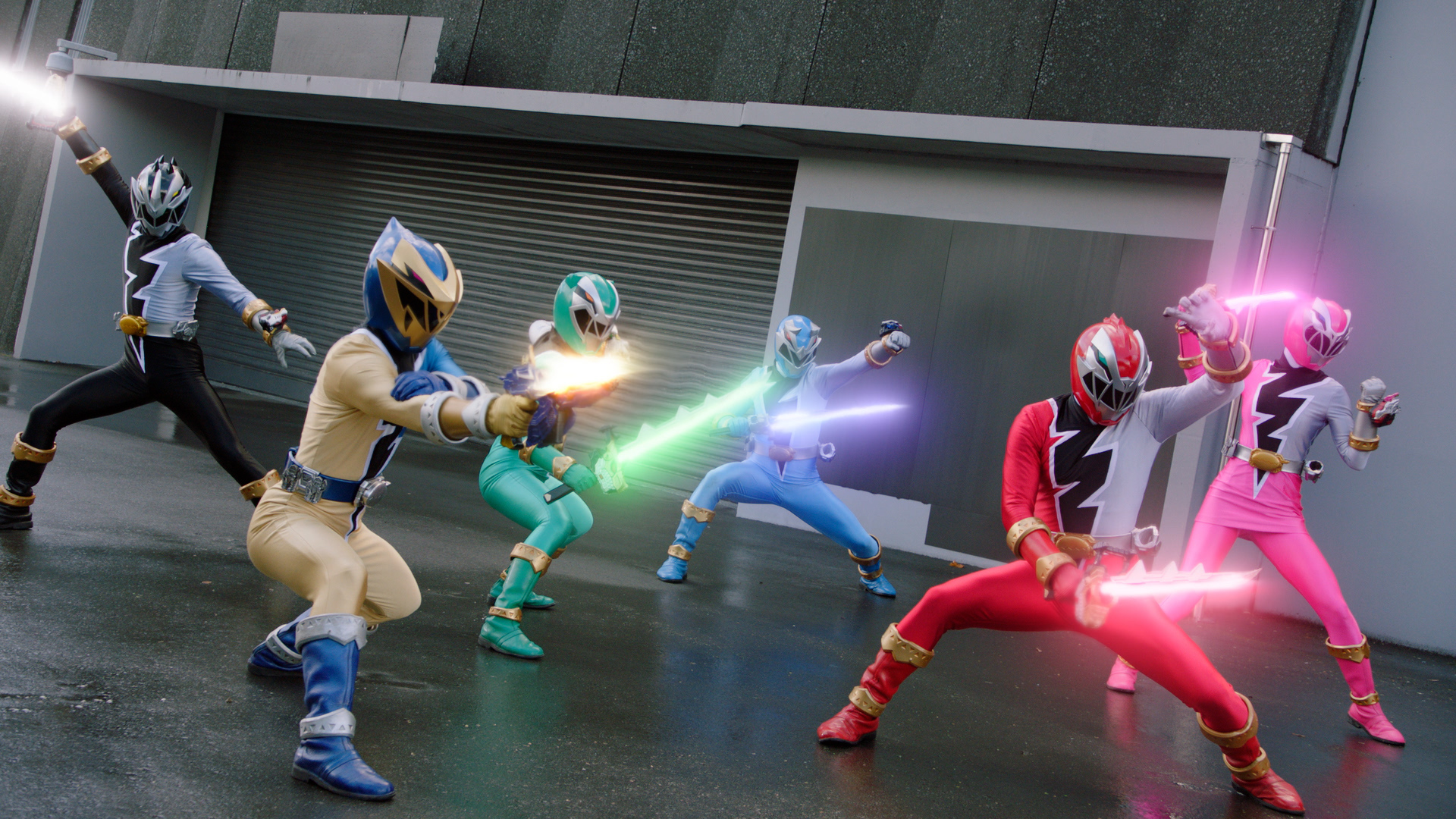
T3: Have you performed any Power Range stunts you're proud of?
AYN: I have, a lot! I played the Black Ranger in Mighty Morphin Alien Rangers. In that action sequence, I used a trampoline to show off a double backflip and double front flip and half twists. I don't think anyone did this technique with a mask on at that time. It was a ninja character, so I think it was a perfect technique.
In Power Rangers Lightspeed Rescue, I set a mini trampoline on top of a truck, and it was blown up, and I landed doing a double front flip. This is my favourite high fall, and I've shown it in other works.
I did the Guyver Kick, which everyone from the action industry to action enthusiasts knows.
T3: Sounds intense! What did your workout routine look like when you were actively doing stunts?
AYN: My action is based on Gōjū-ryū, traditional Japanese karate. While practising my routine of hand and foot techniques, the main idea was how to make the karate technique look good on video. While shooting the video of myself, I repeatedly checked and fixed my front and side forms in front of the mirror.
I would individually check each of the foot techniques, such as front kick and roundhouse kick, and the hand techniques, such as thrusting, punching, blocking, and avoiding, to see how to make them look the most powerful and speedy. Martial arts fight scenes are a combination of basic techniques, and if each technique is done well, it would be a convincing fight scene when combined. Also, I think I spend more time analysing how to use my body than the technique itself, such as moving smoothly and quickly when connecting techniques.
Another part of my routine was trampoline practice. I practised on the trampoline carefully because if I made a mistake in the landing posture, it would lead to a big accident. However, you can't do anything if you're paralysed by fear, so you need courage. I repeatedly practised the techniques I wanted to do on set, such as double front flips and double backflips. The Power Rangers put on a mask and perform the technique. The visual restriction also enhances fear, so it is important to develop a physical sense and balance that does not rely on vision.
There was also practice with all the performers. It's a place for me to actually try out the skills that I improved in my personal practice.
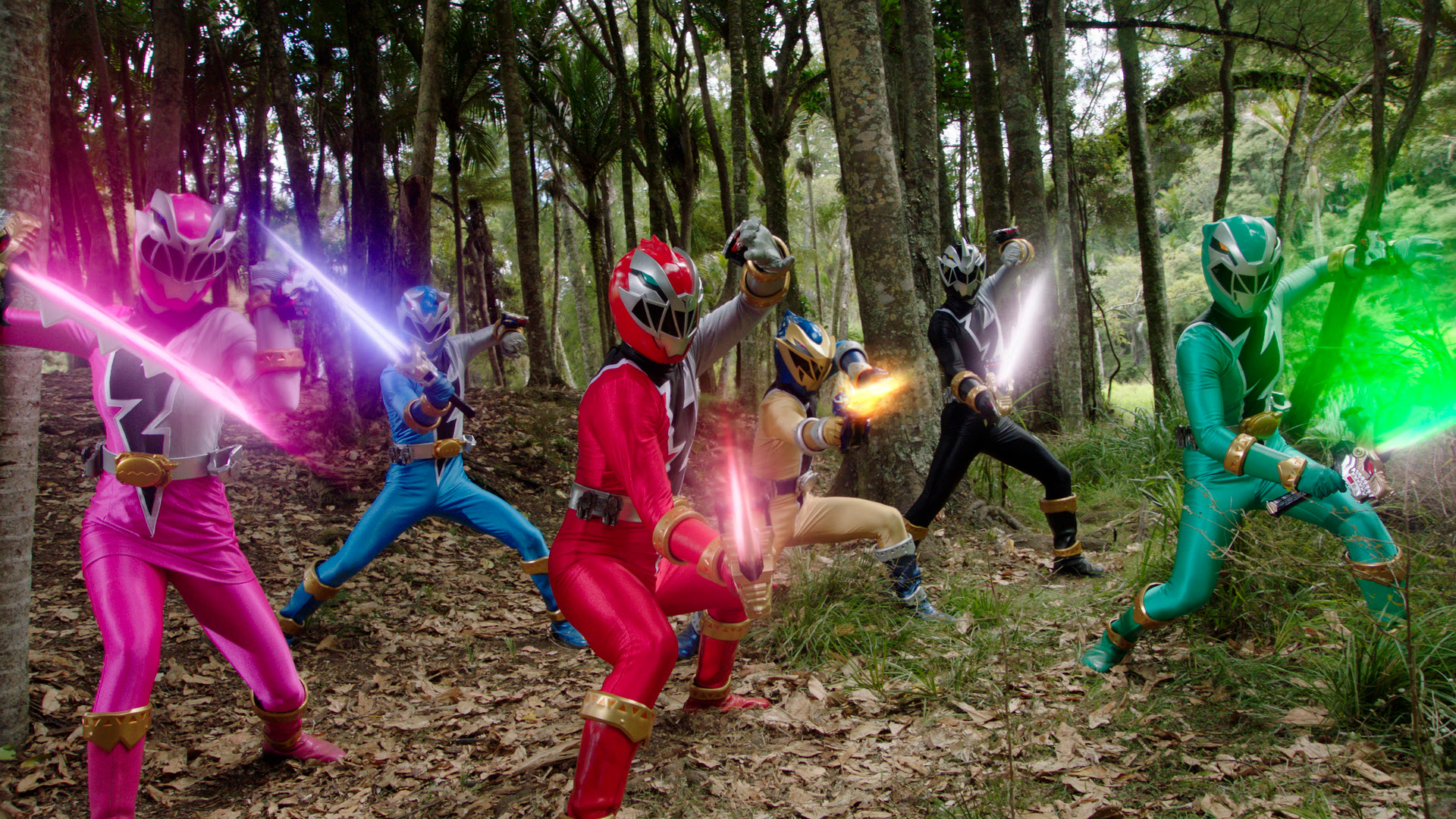
T3: Is there a stunt in any movie you admire or wished was done and/or orchestrated by you?
AYN: I don't think there was any particular work I wanted. I was doing my best with each job I was offered.
In Steve Wang's movie The Drive, I held on to a pipe halfway from a height of about eight meters, twisted my body during the fall and fell to the ground with no mat. Unfortunately, the shot was too dark to be used in the film.
However, I remember being happy to hear that my stunts led to a subsequent increase in the stunt budget.
T3: Let's talk about the actors you work with now. Did they have to go through any training before the shoot? If so, what workouts did they do?
AYN: Some actors have experience in action and sports, but they weren’t able to do Power Rangers style action right away, so we trained them for three weeks leading up to filming. We taught the actors how to avoid dangers such as hits, kicks and passives, and how to show effective action that shines in the show.
T3: How do you get the actors/stunts ready for a shoot?
AYN: Due to the limited shooting time, I try to explain the action scenes to the actors and stunt performers as soon as possible. By doing so, the stunt performers will naturally think to improve the quality of the action and communicate with the actors. Communication between stunt performers and actors is essential when shooting action scenes. I let each stunt performer practice the choreography with actors while I’m shooting other scenes or shots.
The Power Rangers stunt team always prepares for the next action sequence in their spare time so that the shooting will proceed smoothly. When I have a wire stunt, I take other shots to give the stunt team time to prepare for it, and my assistant director is very good. For wire stunts, he builds the order of shots like a puzzle based on my shot list. I have absolute trust in the crew of the second unit, and they also trust me. I think it's the best crew in the world.
We have taught actors in many series so far. In that process, an efficient action training manual was born naturally. Rather than planning training for each new season, the focus is on developing the skills and abilities to respond to any choreography in a short amount of time.
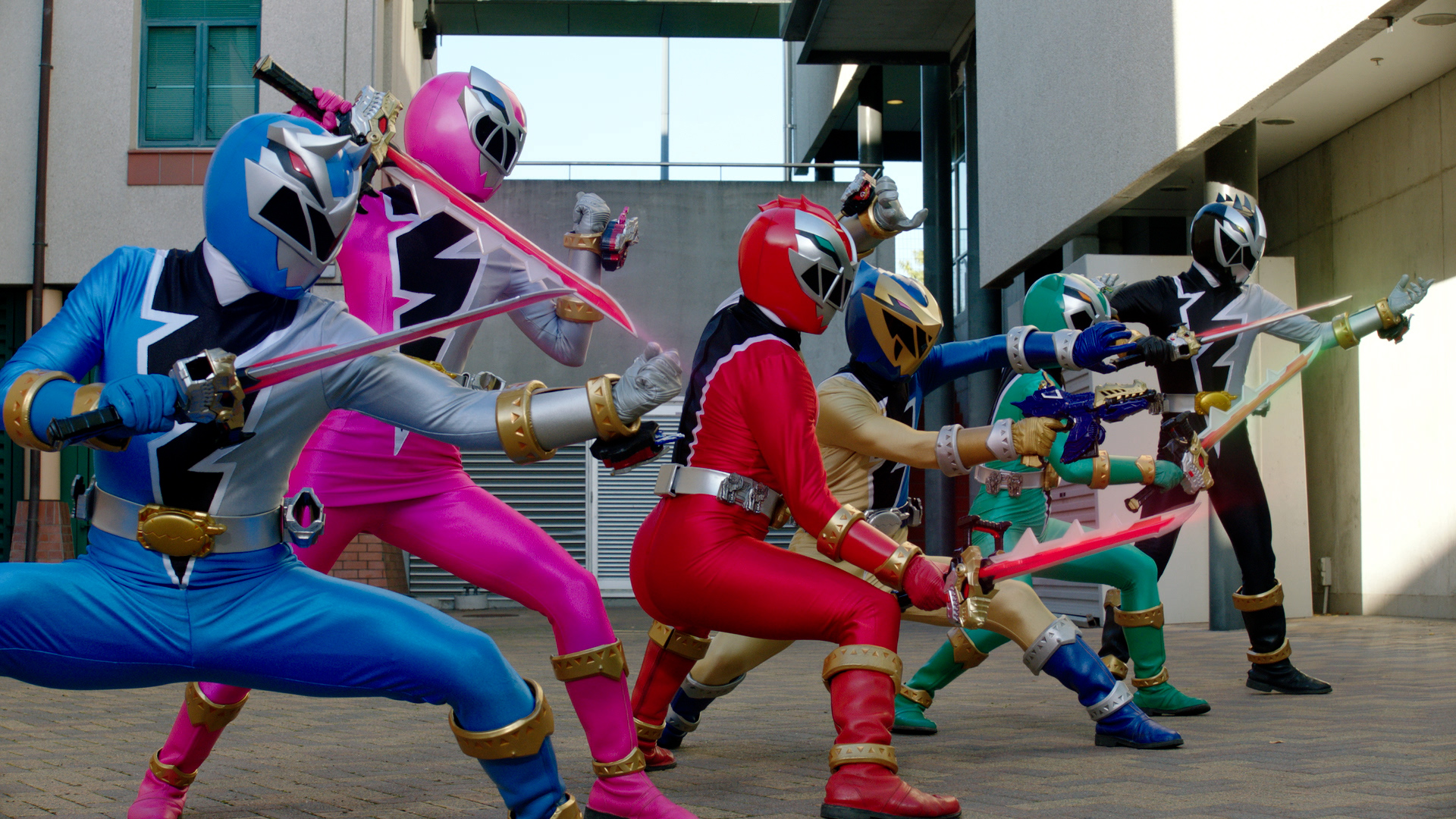
T3: Finally, can you offer any fitness tips to aspiring stunt performers?
AYN: In action training, all movements begin with the relaxation of muscles. When you want to perform sharp techniques, increase the muscle strength usage rate from 0% to 100% instantly. Incorporate training routines that make good use of gravity and centrifugal force. This will make your movements sharper, and you won't get tired because you won't use unnecessary muscle strength.

Matt Kollat is a journalist and content creator who works for T3.com and its magazine counterpart as an Active Editor. His areas of expertise include wearables, drones, fitness equipment, nutrition and outdoor gear. He joined T3 in 2019. His byline appears in several publications, including Techradar and Fit&Well, and more. Matt also collaborated with other content creators (e.g. Garage Gym Reviews) and judged many awards, such as the European Specialist Sports Nutrition Alliance's ESSNawards. When he isn't working out, running or cycling, you'll find him roaming the countryside and trying out new podcasting and content creation equipment.
-
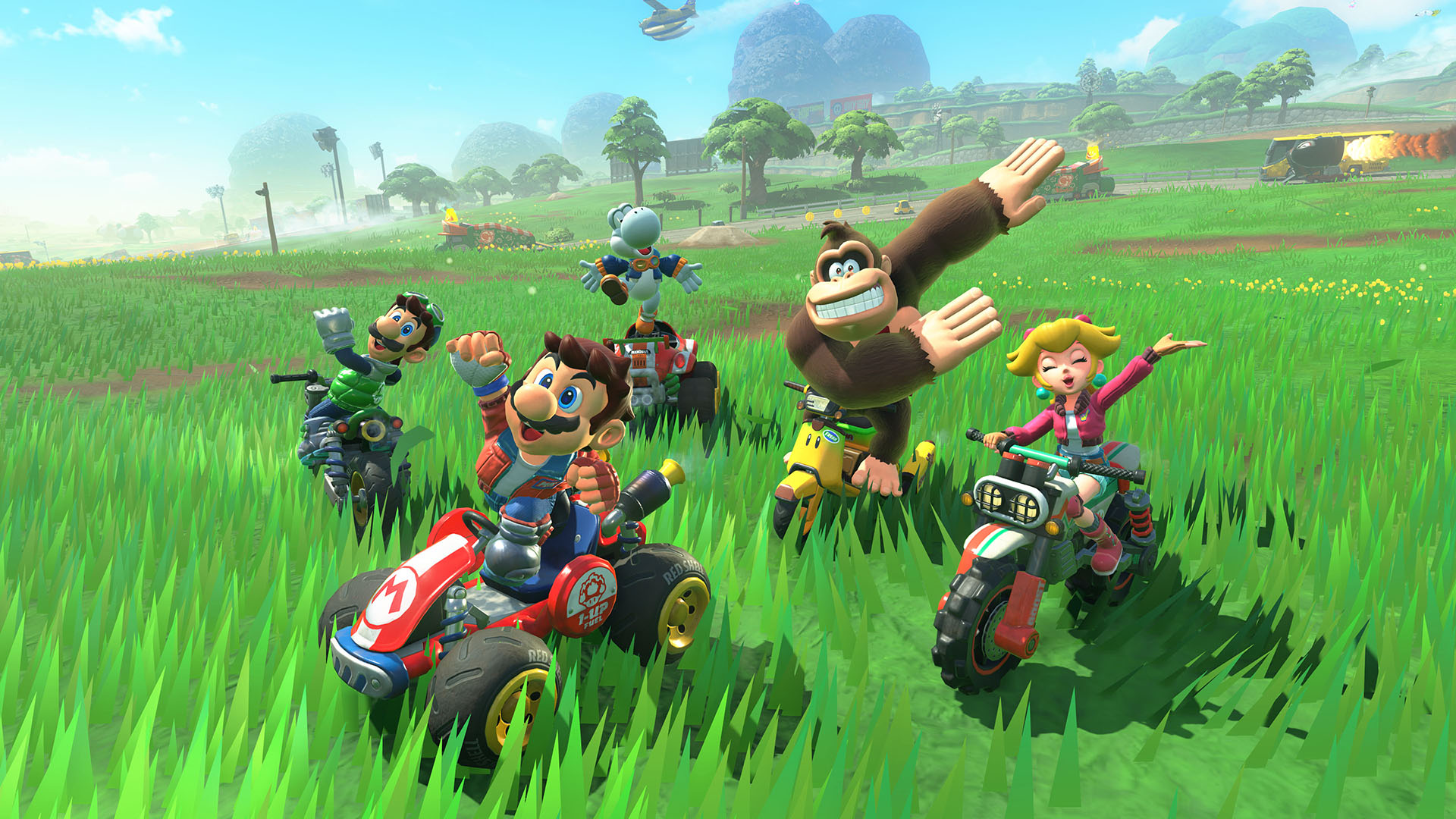 How to watch Mario Kart World Direct – everything you need to know about the Switch 2 launch game
How to watch Mario Kart World Direct – everything you need to know about the Switch 2 launch gameNintendo will host a new Nintendo Direct presentation this week, here's how to watch it live and what to expect
By Rik Henderson
-
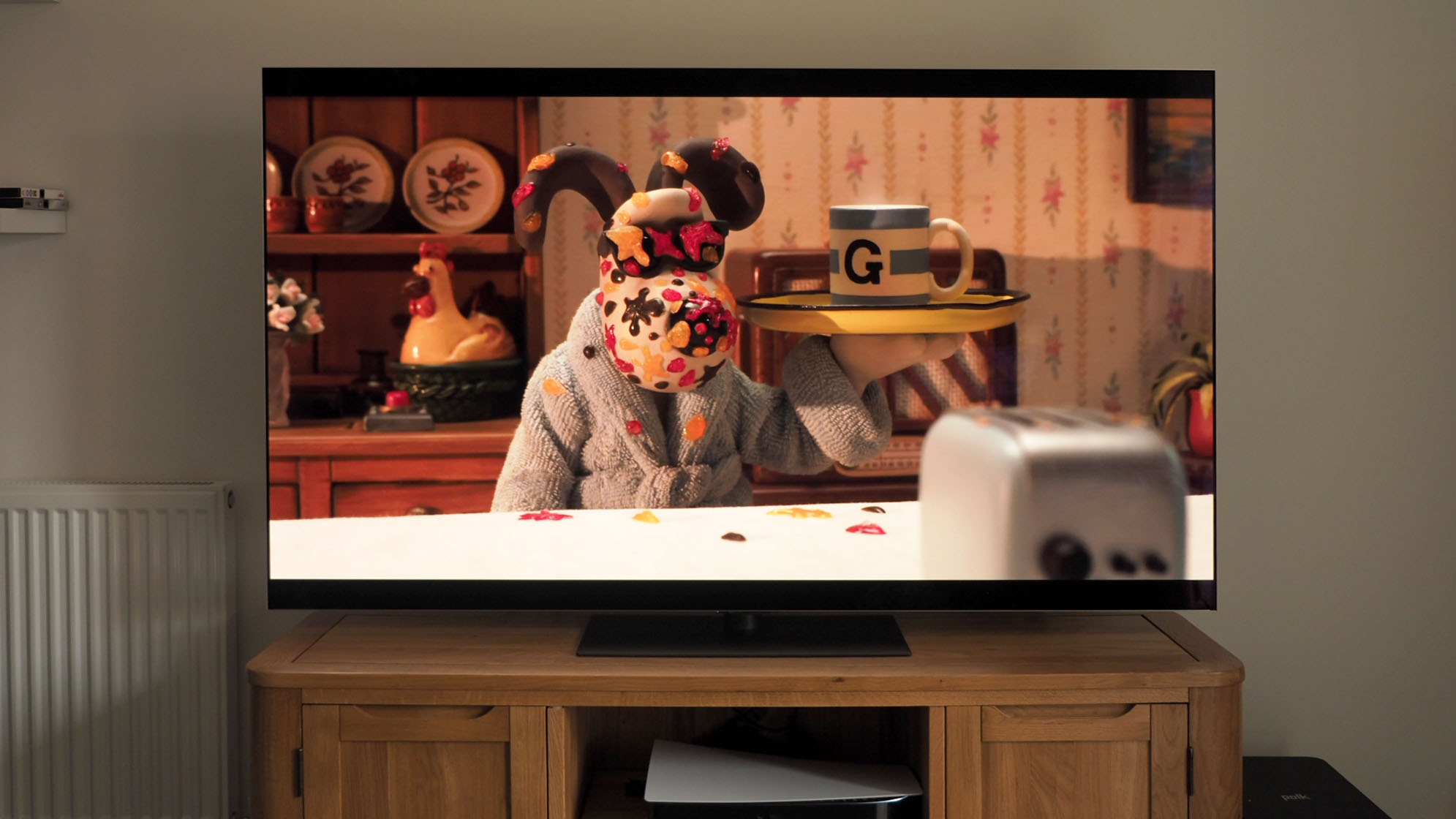 LG OLED G5 review: TV of the year?
LG OLED G5 review: TV of the year?LG's brightest-ever OLED TV is an instant winner – with some AI oddities
By Mike Lowe